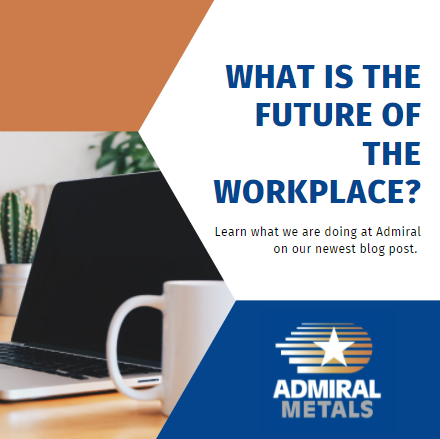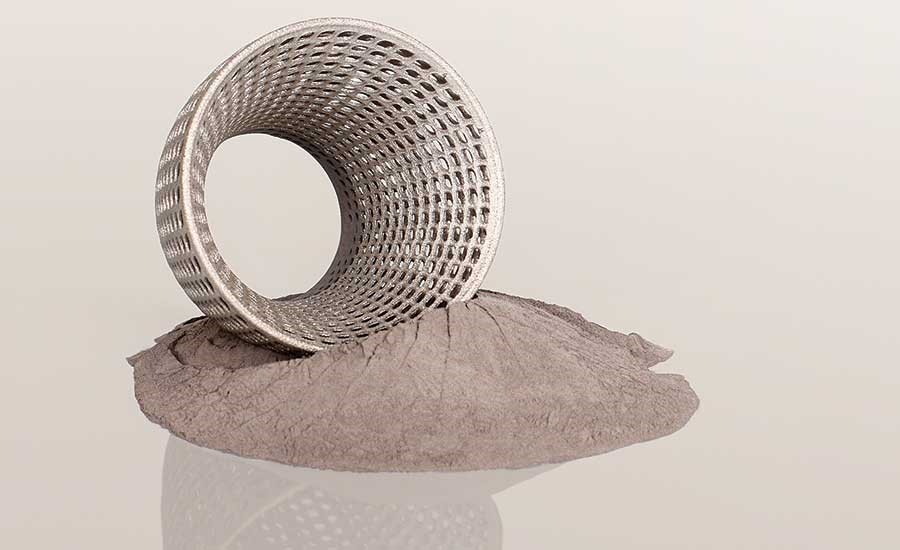![]()
After 60 years in business, we at Admiral have witnessed industry trends come and go. We have experienced times when mass production has been lauded as the key to efficiency and times when specialization and customization are highly valued, and we are fully aware of the impact that comes with often long cycles of raw material scarcity and oversupply, high prices and then low prices. Once again, we find ourselves in the midst of another longstanding trend that is perhaps reversing its course. Where once globalization and the shape of the world’s economy pushed American companies – manufacturing and service providers alike – to look overseas for lower cost labor, these same trends may now be driving employers to consider the U.S. once again. According to Harold Sirkin, a partner at Boston Consulting Group and one of the co-authors of a recent in-depth study, Made in America – Again, “There’s a pendulum that swings all the time, and now it is swinging back.”
Call it “insourcing,” “onshoring,” or “reshoring”, this relatively recent phenomenon has come to embody a sense of rebirth for American manufacturing. Over the next decade, BCG forecasts that $100 billion in goods production can return to U.S. shores, and that the creation, or re-creation, of hundreds of thousands of jobs will help reduce the unemployment rate by 1.5 percent. Manufacturing has been growing in the U.S. after falling every year since 1998. In fact, the number of manufacturing jobs rose in the U.S. in both 2010 and 2011. Since December 2009, the sector has added 300,000 jobs. Manufacturers added 50,000 people to their payrolls in January 2013 alone, which makes it the biggest monthly increase in a year.
Companies such as Apple, Lenovo, Ford, Honda and Otis Elevator have insourced jobs in recent years. GE opened new assembly lines in Kentucky to begin manufacturing appliances and Wal-Mart has pledged to spend $50 billion in US goods over the next decade. These are just a few examples. What manufacturers are coming to realize is that the offshoring model does not always work in today’s business environment. Where once Asia was a source of cheap, productive labor, US productivity is now 3.4 times higher than it is in China, according to Sirkin, and a more flexible workforce making the US a more cost-efficient option. Manufacturers are finding that onshoring reduces lead times and thus inventory carrying costs, transportations costs (oil prices have tripled since 2000), and the hassle of regulatory red tape. In addition, onshoring reduces the threat of intellectual property theft, and improves quality and consistency. There’s a human cost, too – working conditions at many overseas manufacturing plants are known to be far below American standards, as we witnesses recently with the tragedy in Bangladesh where over 1000 workers died in a building collapse.
However, there are challenges that come with the trend in onshoring. Capital investment in new assembly lines and in training new workers in more current operational skill sets will be required. That’s because manufacturing has changed dramatically since it left American shores in the 1990’s, replacing workers with machines and reducing the number of jobs that people could get right out of high school. And the trend is slow to progress; although many companies are moving manufacturing back to the United States, it is often only a small part of their larger global operations that is coming back.
The metals industry is responding positively to the trend in onshoring. A study conducted by PricewaterhouseCoopers states that chemicals, primary metals and heavy equipment manufacturing industries stand to benefit most from onshoring. According to TD Economics, relatively capital-intensive recently-offshored manufacturing industries – computers and electronics, machinery, fabricated metals, electrical equipment, and plastics and rubber – are likely to lead the onshoring trend. Metal Service Center Institute President and CEO Bob Weidner tells us the future looks bright: “Our industry is gaining strength – jobs are coming back and manufacturers are bringing operations back home to the United States.”
At Admiral, we know the importance of monitoring global trends that affect our industry, shedding light on growth-sustaining opportunities for your business as well as for our own. It’s all part of Admiral Care, going the extra step to deliver you the very best in customer care.
What is the future of the workplace?
This last year and half have been filled with uncertainty whether you are a company owner or an employee working for someone else. During...



